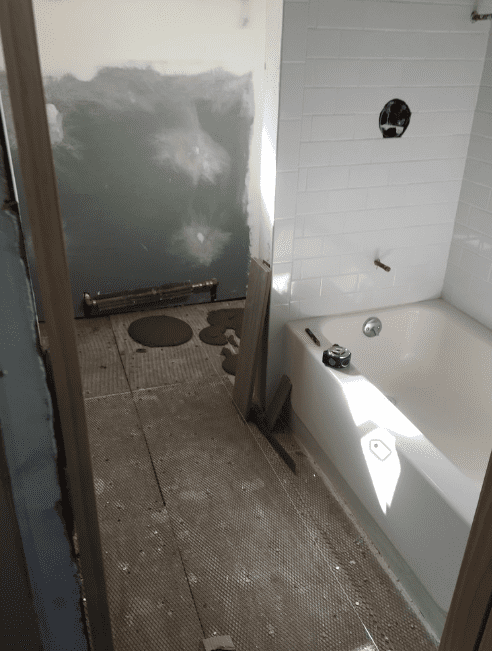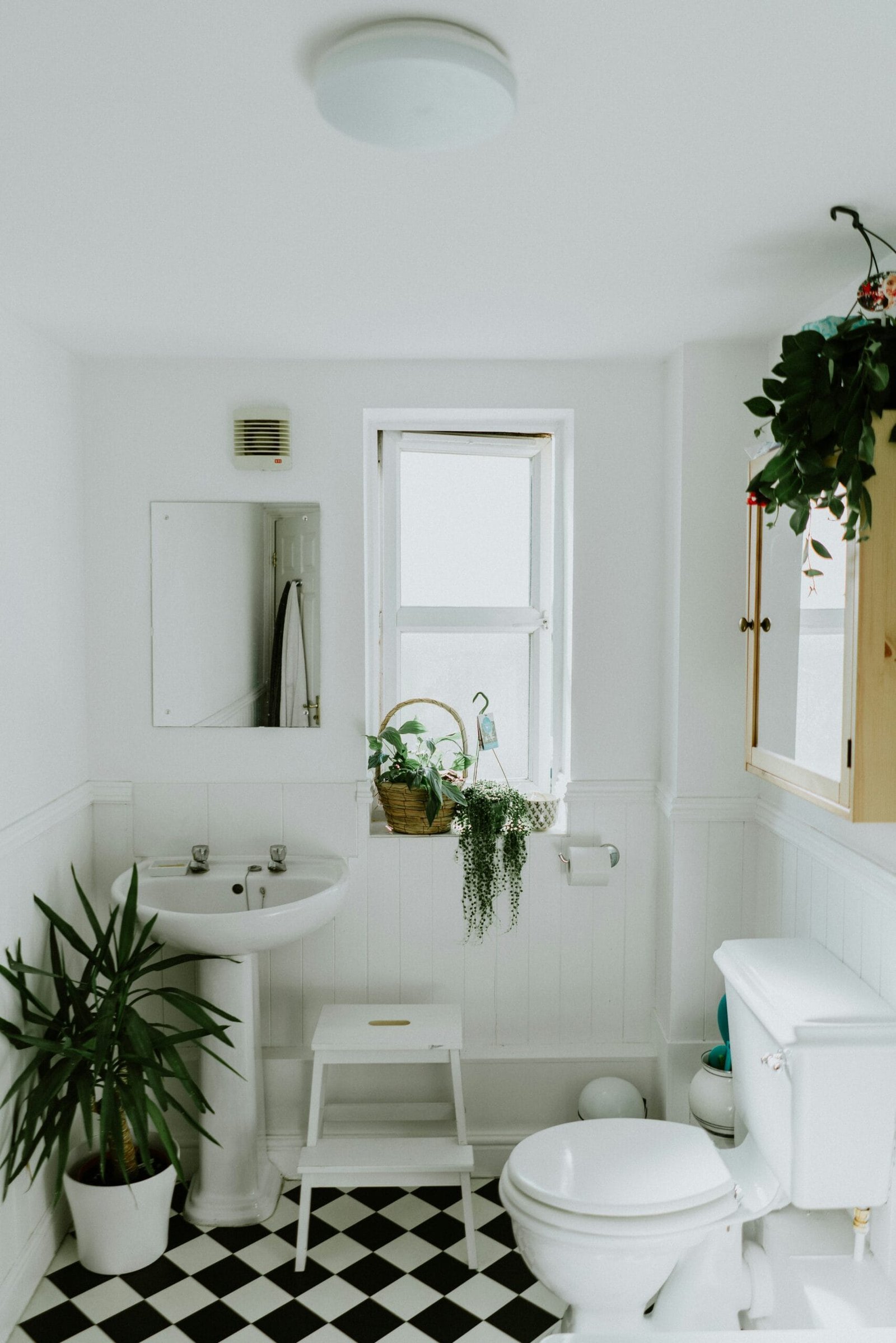Can You Tile on Top of Old Tiles?
If you’re considering tiling over your existing tiles, you may be wondering if it’s a viable option. While it is possible to tile on top of old tiles, experts strongly advise against it. Although it may seem like a convenient DIY hack, there are several important factors to consider before deciding to go ahead with this method.

Read this article and do not forget to check our YouTube channel “Grig Stamate” for other amazing videos:
https://www.youtube.com/@GrigStamate
40 Amazing White Home Interiors with Light Color Floors (video)
Why Experts Urge You to Avoid Tiling Over Old Tiles
There are several reasons why professionals recommend against tiling over old tiles:
- Added Weight: Tiling on top of existing tiles adds significant weight to the wall or floor. This can put stress on the structure and potentially lead to damage or even collapse.
- Height Difference: Tiling over old tiles can result in an uneven surface. This height difference can create tripping hazards and affect the overall aesthetics of the space.
- Adhesion Issues: Proper adhesion is crucial for the longevity of the tiles. When tiles are installed on top of old tiles, the adhesive may not bond properly, leading to loose or cracked tiles over time.
- Moisture Problems: Moisture can become trapped between the old and new tiles, causing mold and mildew growth. This can lead to health issues and damage to the underlying structure.
- Lack of Durability: Tiling over old tiles may compromise the durability of the new tiles. The underlying tiles may have hidden damage or cracks that can affect the overall integrity of the installation.
The Proper Way to Remove Old Tiles
Instead of tiling over old tiles, it is recommended to remove the existing tiles before installing new ones. Here are the steps to properly remove old tiles:
- Gather the necessary tools: You will need safety goggles, gloves, a chisel, a hammer, and a pry bar.
- Protect the surrounding area: Use drop cloths or plastic sheets to cover furniture, appliances, and flooring to prevent damage during the removal process.
- Wear protective gear: Put on safety goggles and gloves to protect yourself from flying debris.
- Start from an edge: Use a chisel and hammer to carefully remove a tile from the edge. Tap the chisel with the hammer to loosen the tile.
- Continue removing tiles: Work your way across the surface, removing one tile at a time. Use a pry bar if necessary to lift stubborn tiles.
- Clean the surface: Once all the tiles are removed, clean the surface thoroughly to remove any remaining adhesive or debris.
- Prepare for new tile installation: Ensure the surface is smooth and level before proceeding with the installation of new tiles.
Benefits of Removing Old Tiles
While removing old tiles may require more time and effort, it offers several benefits:
- Better Adhesion: Removing old tiles allows for a clean surface, ensuring proper adhesion of the new tiles. This helps prevent issues such as loose or cracked tiles in the future.
- Even Surface: By removing old tiles, you can create a level surface for the new tiles. This improves the overall appearance and reduces tripping hazards.
- Identification of Underlying Issues: Removing old tiles gives you the opportunity to inspect the underlying structure for any damage or issues that may need to be addressed before installing new tiles.
- Longevity: Properly removing old tiles and preparing the surface ensures a durable and long-lasting tile installation.
- Design Flexibility: Removing old tiles allows you to start with a blank canvas, giving you the freedom to choose any tile design or pattern without restrictions.
Conclusion
While it may be tempting to tile over old tiles for the sake of convenience, it is strongly recommended to avoid this DIY hack. Tiling over old tiles can lead to issues such as added weight, height differences, adhesion problems, moisture buildup, and compromised durability. Taking the time to properly remove old tiles offers numerous benefits, including better adhesion, an even surface, identification of underlying issues, increased longevity, and design flexibility. By following the proper removal process and preparing the surface adequately, you can ensure a successful and long-lasting tile installation.
Other related posts from our website:
https://howtobuildahouseblog.com/choosing-floor-tiles-the-most-important-criteria/
https://howtobuildahouseblog.com/paint-the-tiles-renew-the-bathroom-quickly-and-affordably/
We sincerely hope that our video and post can help you.
Please, write your opinion in the comment section and do not forget to subscribe to our channel if you are new to our YouTube channel.
See you soon at another post.
Bye, Bye



No Responses